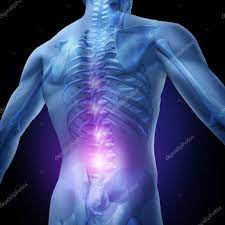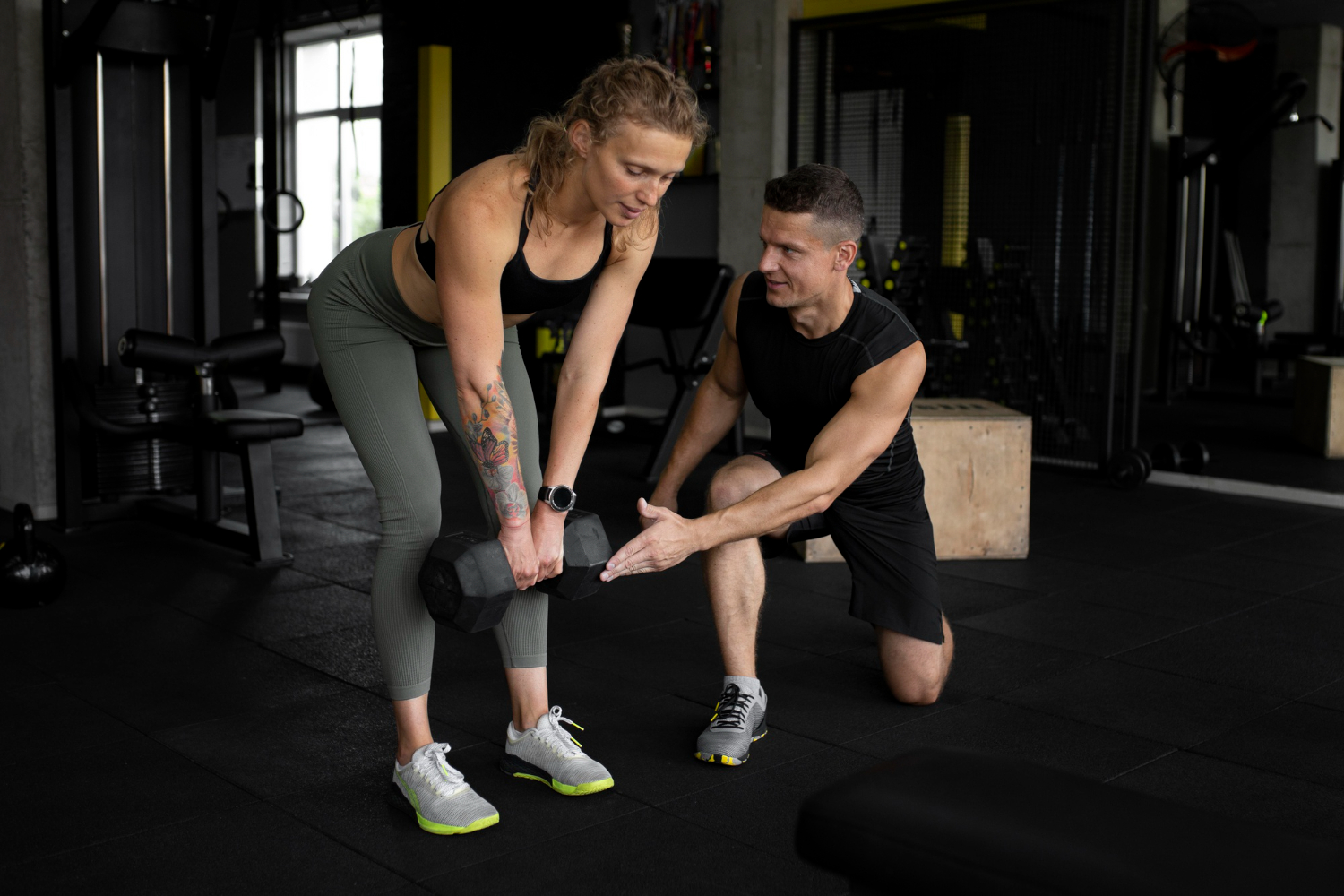
Suffering with pain can be emotionally and physically exhausting, affecting all facets of day-to-day existence. To improve your quality of life, you must obtain effective treatment from any pain you may be experiencing, whether it be chronic pain from a medical condition or acute discomfort from an injury. We’ll share 10 insider tips in this article to help you find pain treatment techniques that suit your needs and take charge of your pain management journey to regain your wellbeing.
Recognize Your Pain
Recognizing the type and source of your pain is the first step towards locating efficient pain management techniques. Is it ongoing or just acute? Is it restricted or pervasive? Determining certain exacerbating variables or triggers can assist direct your treatment plan. To keep note of your symptoms, including their frequency, intensity, and any trends you identify, keep a pain journal.
Speak with Medical Experts
Never be afraid to consult with medical experts who have experience treating pain. Your primary care physician, pain management expert, or physical therapist can perform a comprehensive evaluation, offer a diagnosis, and suggest suitable treatment alternatives that are customized to meet your specific requirements. To guarantee that you receive individualized care, be forthright and honest about your pain experience and preferred course of treatment.
Examine Conventional Treatments
The first line of defense against pain is frequently conventional pain treatment techniques, such as prescription drugs, physical therapy, and interventional procedures. Acetaminophen, muscle relaxants, and nonsteroidal anti-inflammatory medications (NSAIDs) can all aid in pain relief and inflammation reduction. Injections, manual therapy methods, and physical therapy exercises can address underlying musculoskeletal problems and advance healing.
Examine Complementary and Alternative Therapies
These therapies provide supplementary options for pain management in addition to traditional treatments. Certain types of pain can be relieved by acupuncture, massage treatment, chiropractic adjustments, and mind-body techniques like yoga and meditation in addition to conventional methods. Investigate many modalities to see which ones speak to you and provide comfort.
Exercise Self-Care
Self-care is essential for reducing pain and enhancing general wellbeing. Create a healthy lifestyle by engaging in regular exercise, eating a balanced diet, getting enough sleep, and practicing stress reduction. Take part in joyful and relaxing activities, such hobbies, quality time with loved ones, or outdoor exploration. Make self-care a top priority and incorporate it into your daily pain management regimen.
Educate Yourself
When it comes to managing pain, information truly is power. Spend some time learning about your illness, available treatments, and self-care techniques. Inquire, look for reliable sources of information, and keep up with the most recent findings and developments in the field of pain management. Knowing more about yourself can enable you to take charge of your care and speak out for your needs.
Adopt a Multidisciplinary Approach
Managing pain frequently necessitates a multidisciplinary strategy that takes into account its psychological, emotional, and physical components. Work together to create a thorough treatment plan with a group of medical experts, such as doctors, psychologists, physical therapists, and pain management specialists. Your quality of life can be enhanced and your results can be optimized by integrating several modalities and disciplines.
Pay Attention to Your Body: Your body is an amazing communicator of its needs and limitations. Keep an eye out for signs of discomfort, exhaustion, or overexertion, and modify your activities as necessary. To save energy and prevent making pain worse, practice setting priorities and pacing your tasks. As you steadily increase your exercise level and push yourself within reasonable bounds, honor your body’s limits.
Examine Mind-Body Methods
These methods use the mind’s ability to affect one’s physical and emotional well-being. Incorporate mindfulness meditation, progressive muscle relaxation, guided visualization, and deep breathing as relaxation methods into your everyday practice. By easing tension in the muscles, lowering stress levels, and adjusting how pain is perceived, these techniques can foster resilience and serenity.
Remain Positive and Persistent
It may take some time, trial and error, and persistence to find a pain-relieving technique that works for you. On your path to pain management, have hope and an optimistic attitude. Celebrate each tiny victory and significant advancement as it happens. Be tenacious in stating your case, looking into alternative solutions, and modifying your strategy as necessary. Despite the difficulties of pain, you can find relief and reclaim control of your life if you are determined and resilient.
In conclusion, if you take a proactive and comprehensive approach to pain management, you can get effective pain reduction. You can find customized pain management strategies that work for you by being aware of your pain, speaking with medical professionals, looking into different treatment options, taking care of yourself, learning more, adopting a multidisciplinary approach, paying attention to your body, using mind-body techniques, and remaining upbeat and persistent. One step at a time, empower yourself to take charge of your pain management journey and make your health your first priority.








